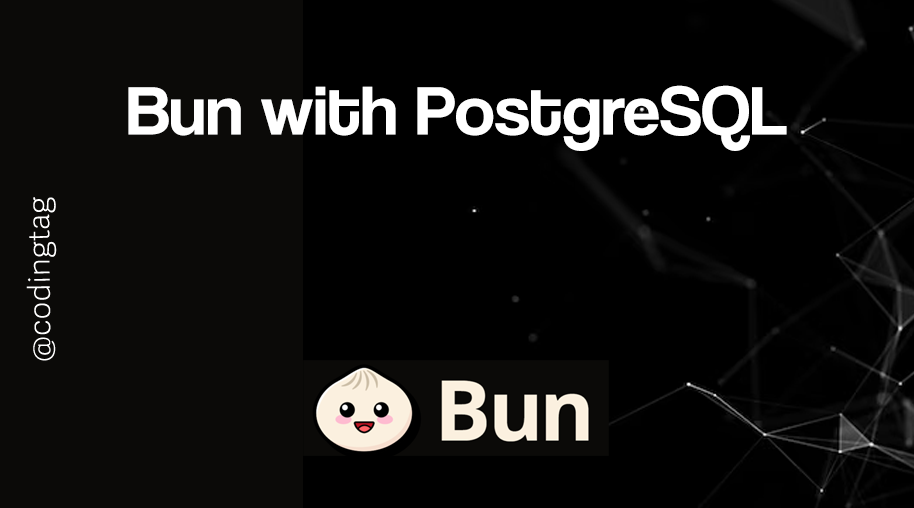API Throttling Mechanisms
0 515
🚦 API Throttling Mechanisms
APIs are powerful gateways to your app’s core functionality — but with great power comes great responsibility. If you leave your API unguarded, it can be overwhelmed by misuse, spam, or even DDoS attacks.
That’s where API Throttling comes in — your first line of defense for maintaining server health and fair usage 🌐.
🔍 What is API Throttling?
API throttling is the process of limiting how many requests a client can make to your API in a given timeframe.
Think of it as a traffic light 🚦 — it slows things down to prevent jams or crashes.
For example, you might allow:
- ⏱️ 100 requests per user per minute
- 💥 Block the IP for a cooldown period if exceeded
- 📊 Log excessive usage for analysis
🧠 Why Throttle API Usage?
- 🛡️ Prevent abuse and brute-force attacks
- 📉 Avoid server overload and downtime
- ⚖️ Ensure fair usage among users
- 💰 Optimize resource consumption (especially in cloud environments)
⚙️ Implementing Throttling in Bun
Bun doesn’t ship with built-in throttling (yet), but it’s fast enough that you can implement it yourself or plug in a middleware.
Let's build a simple in-memory rate limiter based on IP address.
const rateLimitMap = new Map();
const RATE_LIMIT = 100; // max 100 requests
const TIME_WINDOW = 60 * 1000; // in 60 seconds
Bun.serve({
port: 3000,
fetch(req) {
const ip = req.headers.get("x-forwarded-for") || "unknown";
const now = Date.now();
const data = rateLimitMap.get(ip) || { count: 0, start: now };
if (now - data.start < TIME_WINDOW) {
data.count++;
if (data.count > RATE_LIMIT) {
return new Response("🚫 Rate limit exceeded", { status: 429 });
}
} else {
data.count = 1;
data.start = now;
}
rateLimitMap.set(ip, data);
return new Response("✅ Request accepted");
}
});
This simple mechanism prevents abuse per IP and resets after each minute ⏳.
🛠️ Use Case: Throttling Based on API Keys
You can also throttle users based on their API key or user ID.
Just change the key in the map:
const apiKey = new URL(req.url).searchParams.get("key") || "guest";
Then use apiKey instead of ip in your limiter. That way, even shared IPs (e.g., proxies) don’t affect others 🌐.
🚀 Using Redis for Distributed Rate Limiting
Need to scale? If you're running multiple Bun instances, in-memory throttling won't cut it.
Use Redis to share limits across servers:
// Pseudo-code — requires a Redis client like ioredis
await redis.incr(apiKey);
await redis.expire(apiKey, 60);
This lets you throttle globally across multiple nodes without collisions ☁️.
📦 Third-Party Throttling Libraries
If you don’t want to reinvent the wheel, you can integrate established libraries with Bun using ESM-compatible modules:
- ⛽
rate-limiter-flexible– Redis or Memory backend - 🔌 Custom WebSocket throttling middleware
- 🔒 JWT-based usage limits per plan/tier
🔐 Throttling + Authentication = 💪
Combine throttling with auth for tiered plans:
- 🆓 Free plan – 60 requests/min
- 💼 Pro plan – 500 requests/min
- 🏢 Enterprise – unlimited (with monitoring!)
📈 Monitoring Throttled Requests
You should always log or analyze throttle events to understand usage patterns.
This helps you:
- 📊 Detect high-traffic users
- 🚨 Spot abuse or bots
- 🔧 Tune your rate limit settings
🧪 Testing Your Throttling Logic
Use autocannon or k6 to simulate high traffic.
Ensure:
- 🟢 Normal usage passes
- 🔴 Overuse gets blocked with 429
- 📆 Limits reset over time
🏁 Conclusion
API Throttling mechanisms are critical to protect your server, your users, and your business model. Whether you're building with Bun or any other stack, start with simple in-memory throttling and scale out with Redis or third-party tools when needed.
If you’re passionate about building a successful blogging website, check out this helpful guide at Coding Tag – How to Start a Successful Blog. It offers practical steps and expert tips to kickstart your blogging journey!
For dedicated UPSC exam preparation, we highly recommend visiting www.iasmania.com. It offers well-structured resources, current affairs, and subject-wise notes tailored specifically for aspirants. Start your journey today!

Share:







Comments
Waiting for your comments